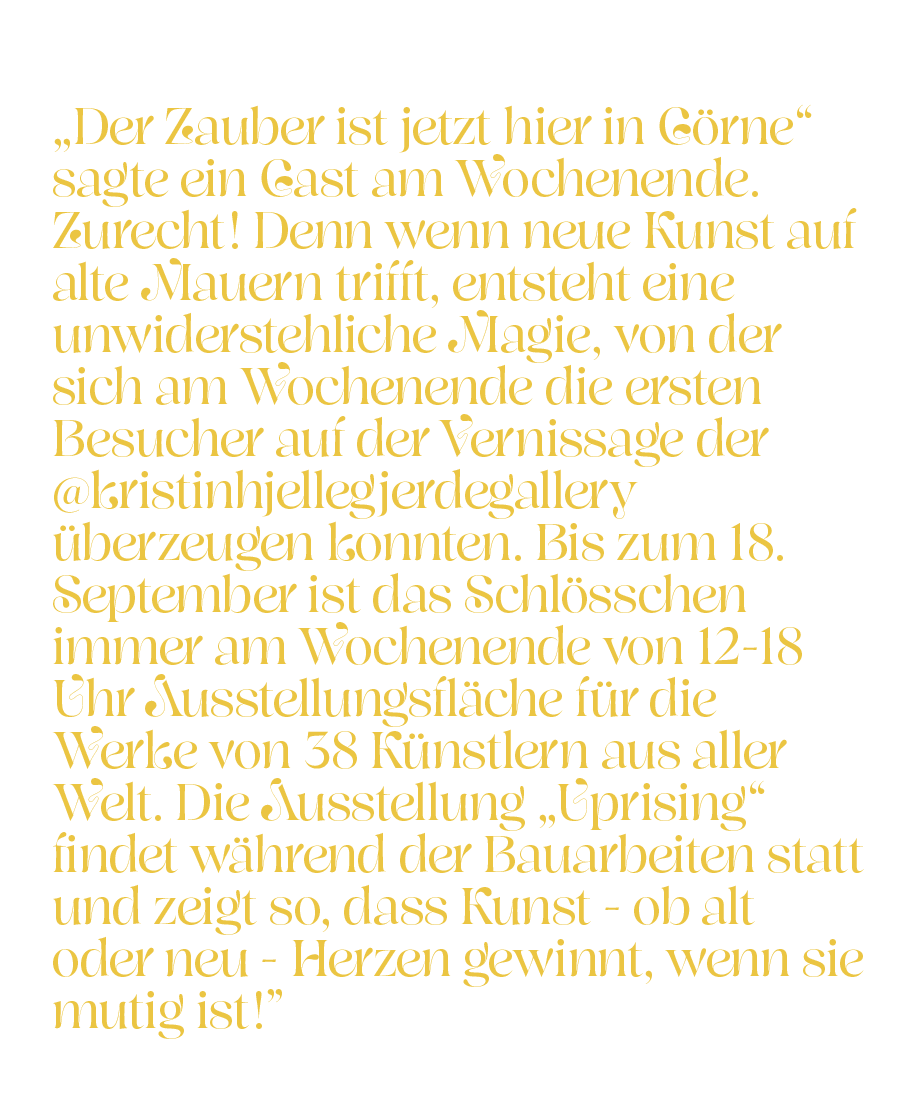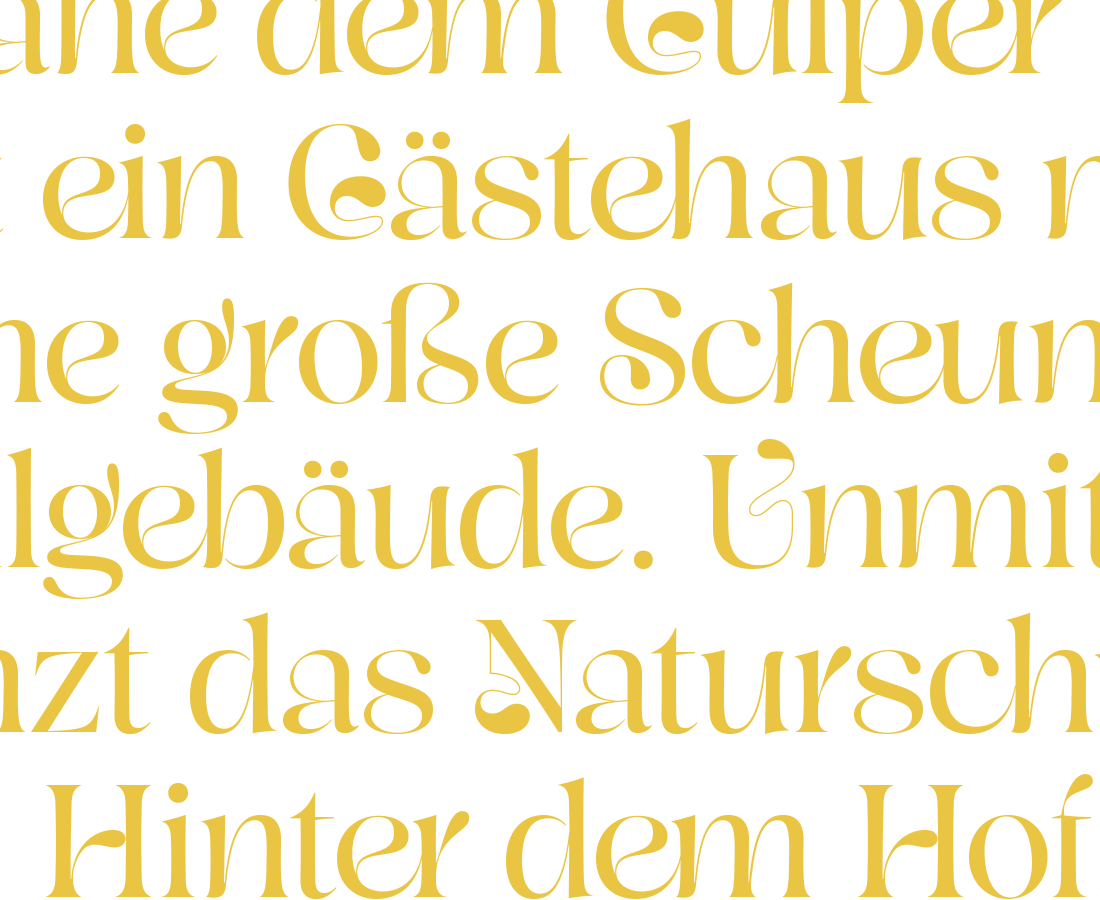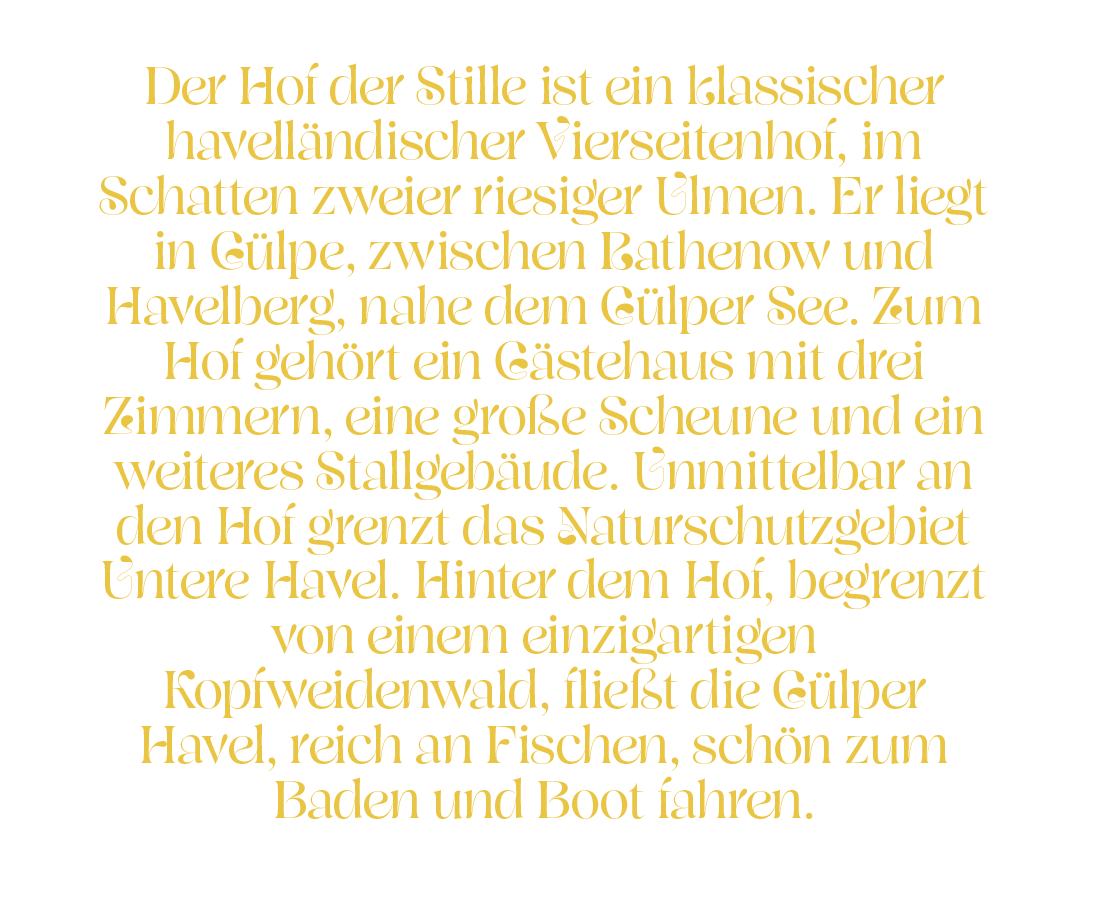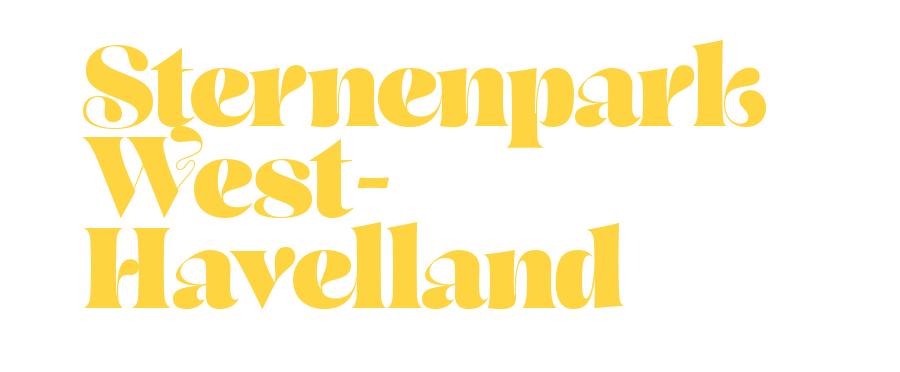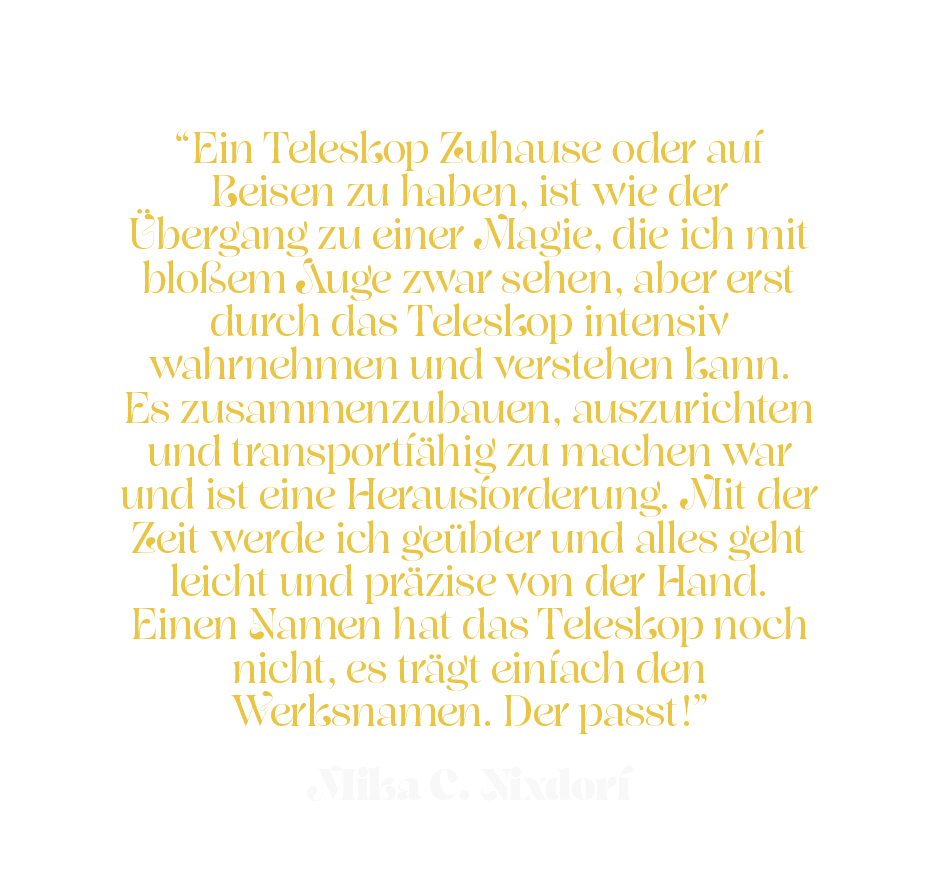From stargazing in an official dark zone to an adventure village for strawberries; this is what to do in Brandenburg’s Havelland
Havelland is one of the most beloved areas of Brandenburg and one of the most visited as this is where Potsdam is located. But beyond Brandenburg’s capital with its numerous palaces, expansive Prussian gardens and idyllic Dutch Altstadt, what does Havelland have to offer and why should you spend your time exploring it? The area’s natural beauty inspired works of literature, poetry and art, most notable are the works of Prussian author and poet Theodor Fontane (look up Herr von Ribbeck auf Ribbeck im Havelland). I love soaking up the area’s nature by cycling along the Havelland Radweg, a bike path that runs alongside the river and eventually leads you to the former training ground of flight pioneer Otto Lilienthal who made his first flight attempts in Stölln. And while Havelland is so beautiful, it’s never hugely crowded and really makes you feel as if you’re a million miles from the city.
Sternenpark Westhavelland
In Germany, there are three exceptional places to stargaze, and the Naturpark Westhavelland (Brandenburg) is just a short train ride from Berlin. It’s a place that is protected by the International Dark Sky Association (IDA) for being a natural place with optimal stargazing conditions. Here, when it’s not cloudy(!), you can see the Milky Way with your bare eyes. Rules for stargazing: There are a few unspoken rules you should keep in mind when visiting one of these dark places, but the main one to remember is don’t use a flashlight or your phone’s light. Make sure you have a light with a red filter. Try to arrive before sunset and set up to avoid the difficulties of navigating in the pitch-black – plus you can often see the planets at dusk. (Quelle: Staycation Collection)
Auf den Punkt gebracht.
Es gibt Nächte im Sternenpark, die sind so wolkenbehangen, dass starker Optimismus nötig ist, um noch an eine sternenklare Nacht zu glauben. Aber weil der Glaube nicht nur Berge versetzen sondern auch Wolken verschieben kann, lässt sich in der Region häufig ein Phänomen beobachten: Plötzlich freier Himmel. Es kann vorher aus Eimern geregnet und in Kaskaden geblitzt haben, ab ca. 23.00 Uhr klart der Himmel auf und ein Stern nach dem anderen wird sichtbar. Je heller der Mond, desto ungeeigneter die Beobachtungslage. Kommt ein Teleskop hinzu, ist es Abwägungssache. Für Mondbeobachtungen eignen sich Mondphasen vom Sichel- bis Halbmond. Der Vollmond hingegen ist ungeeignet.
„I live on Earth at present, and I don’t know what I am. I know that I am not a category. I am not a thing — a noun. I seem to be a verb, an evolutionary process – an integral function of the universe.“
R. Buckminster-Fuller


